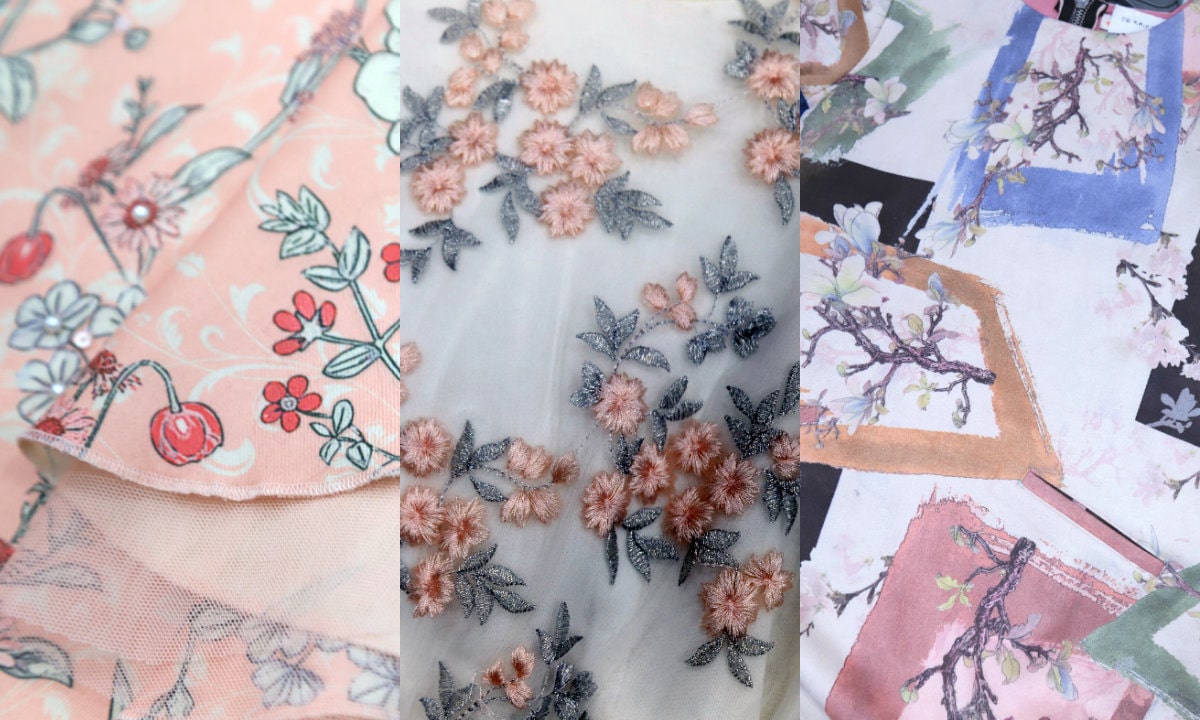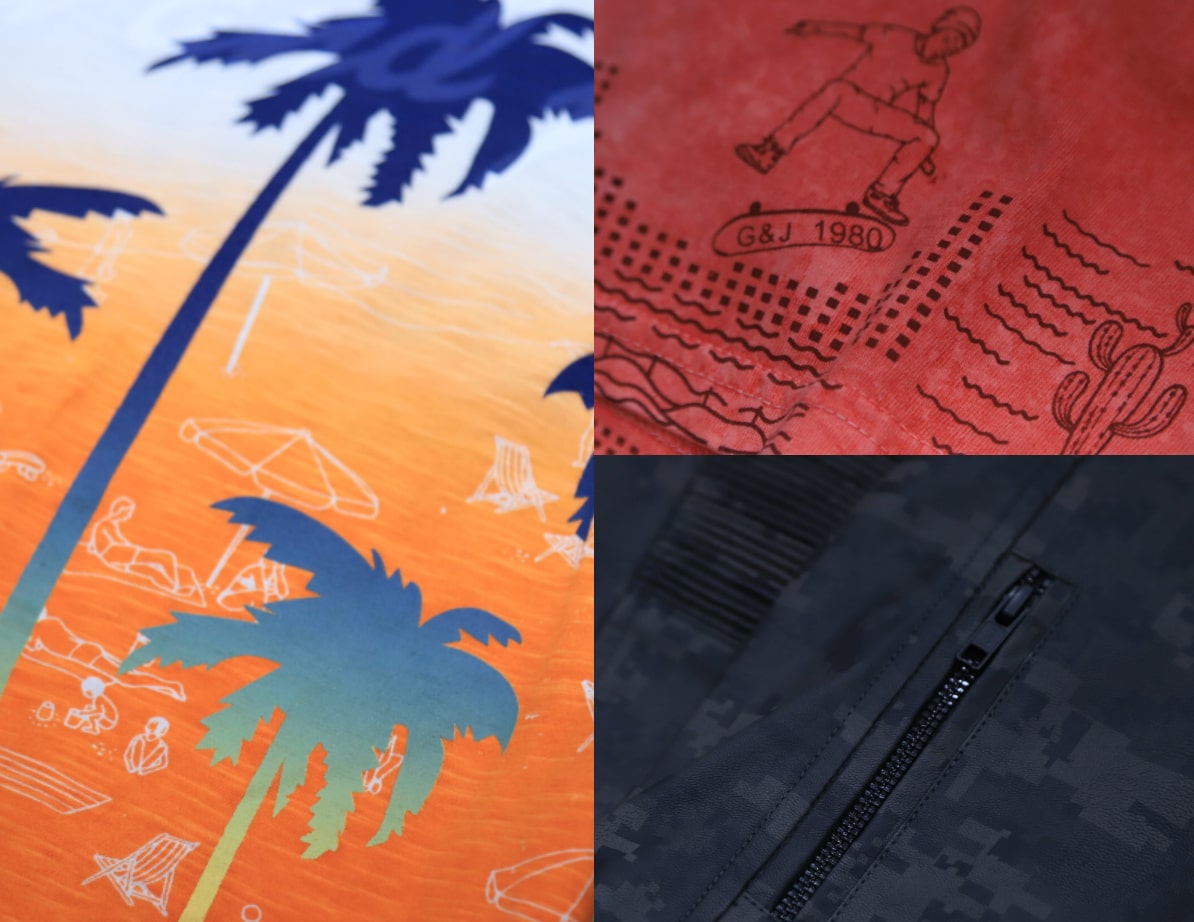News and Features
Harnessing Western trends in Indian hues is the key for kidswear retailer Gini & Jony
28 December 2018
Apparel Resources

The boom of the kidswear segment in the ever-dynamic Indian apparel market is a reality no one can deny. Estimated at Rs. 66,904 in 2017 as per studies undertaken by indiaretailing.com, a CAGR growth of 8.1 per cent is being projected for the Indian kidswear apparel industry to reach a whopping figure of Rs. 1,45,445 crore by 2027. This resonates with the fact that India is home to the largest population in the age group of 0 to 14 years totalling to 29 per cent (337 million) of its total population.
With these numbers, numerous international brands have paved their way into the Indian kidswear market and a sudden conversion to the online commerce sector has been witnessed. Gini & Jony – prides itself as being one of the first Indian kidswear brands to have entered the market in 1980 and today has 1,300 points of selling spanning 100 cities in India. Their strength is highlighted through the fact that they spotlight quality over price – a feat they achieve by manufacturing all their products in-house via two main manufacturing units. Based out of Himachal Pradesh and Daman, these units are utilised for end-to-end processes, right from design to development and production to in-house quality checks. Another unit located at Vapi is in the pipeline.
COMPETING WITH INTERNATIONAL BRANDS IN THE CHANGING INDIAN MARKET
In the Indian market where economy changes as fast as the trends do, Gini & Jony has found numerous ways to stay at par with its international counterparts and make way for others to follow suit. They changed their product offering to target the millennial generation of parents and kids in 2010 by simply doing what international brands do to entice the Indian population – bring in the latest trends from across the world and serve it to India.

Shedding light on the entire procedure, Sailesh Lakhani, VP of the Boys Category for the company says,
Trends used to come a little late to India before, as it took about a year or so for a trend to reach India, but now, it is completely different, it simply takes as less as a day or maximum a week. We use the Indian colours, with a Western twist – so our products are mixture of both.
Due credit is given to the history of collaborations they have had with international brands such as designing for Benetton, managing production to distribution for Levi’s and Puma, etc.
They entered the Indian market through us. Through Levi’s, we increased our knowledge, we got their license and our factory became International Standards compliant. Our measurement and sizing became very good. All these collaborations gave us a lot of knowledge.
THE ERA IS ONLINE AND DIGITAL
In the previous years, a whopping increase of about 300 per cent in their online sales was seen despite the fact that no extra measures or campaigns were held to promote the same. Jay Lakhani, the Executive Director of the company states,
Online shopping is very convenient. We feel digital marketing can boost these sales further. We sell through all the major online players like Jabong, Amazon, Firstcry, Flipkart and Myntra, but not that much from our site.
They point out that this boost did not affect their offline sales as they sell previous seasons’ stock online at a certain discount.

STRIVING FOR NEW AND SUSTAINABLE TRENDS
When asked about trends, the category specialists showed enthusiasm for All-Over-Embroidery, and their recent venture that explores several washes for their collections to give them an edge over competitors.
Kiran Lakhani, Category Manger for the Girls' Category further states that,
A very new trend is washes. We have done many experiments in washes like organic wash, bubble dyeing, cold pigment dyeing, reverse dyeing across all our categories. We sometimes fuse washes with AOP, washes make fabric soft.
Washes resonate with denims, and Gini & Jony strives to make denim an innovative and sustainable product category as Sailesh chimes in,
We use different fabrics and we definitely avoid polyester. We are now exploring a lot of blended fabrics – cotton+tencel, linen+viscose, rayon, and bamboo fabrics. Our mills are always up-to-date with fabric trends. We prefer innovation at fabric level too. Tencel and linen are great fabrics. They keep you both cool and warm. We use linen in denim and non-denim both.
FUTURE PLANS: METROS, TIER-2 MARKETS AND BEYOND
Gini & Jony has effectively divided the product range and price points conforming them best to suit the places they are being sold in. They retail their sub-brand, Palm Tree, in the Tier-2 cities at 30 per cent cheaper rates. They believe that the Tier-2 market has better prospective for the Indian brands due to inclination of metropolitan consumers towards bigger brands and the increasing access to disposable income of Tier-2 customers.

Kiran adds,
The retail avenues might be better in Tier-2 markets as customers in metros are more aware of the bigger retail brands. The Tier-2 customers are showing interest in investing in clothing now and it promises potential. To enhance our hold in the metros, we are going to retail via new MBOs like Shoppers Stop (with about 60 stores), Central (35) and Lifestyle (60-70 stores). Even Reliance, with about 2,000 outlets, is showing interest as they are looking for B2B operations avenues.
Targeting larger MBOs in metros and smaller EBOs in Tier-2, Gini & Jony is expecting about 250 store openings next year. The brand is also eyeing Nepal with a recent inauguration of a seven-store franchise there. Their only aim is to make a pioneer brand for kids spun out of Western trends woven in Indian hues.
Comments

